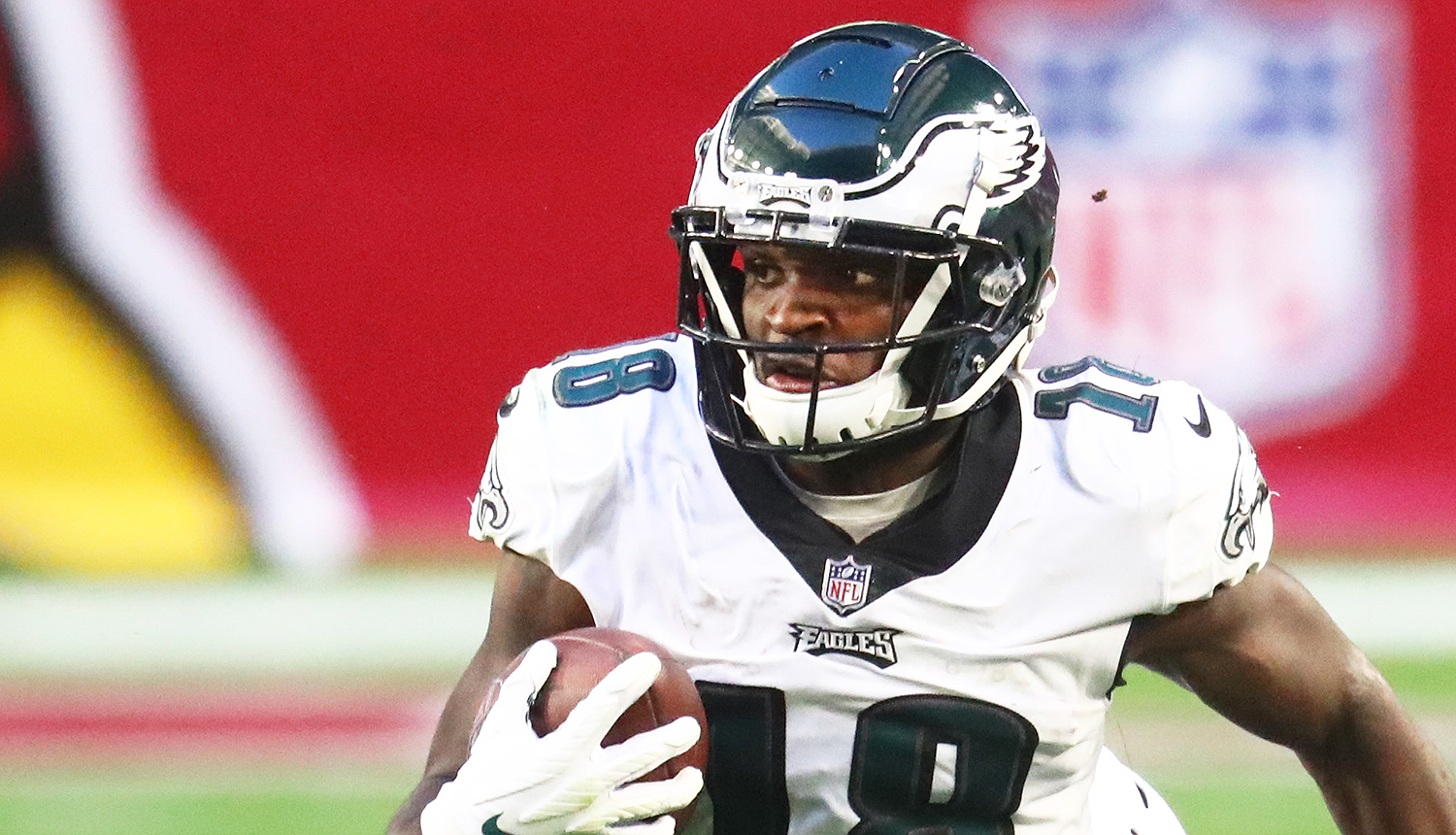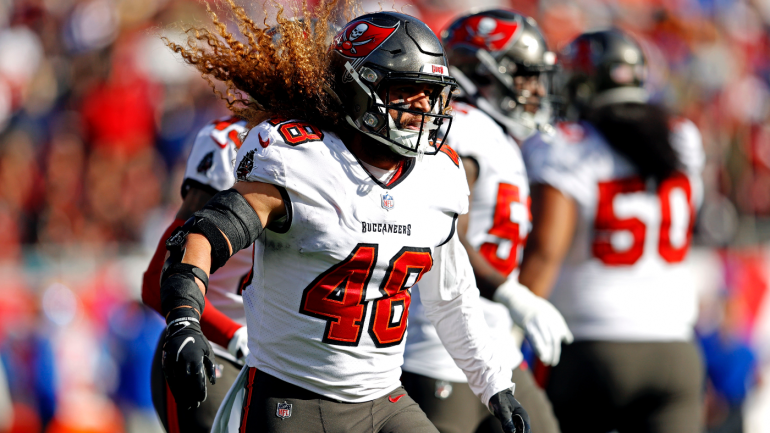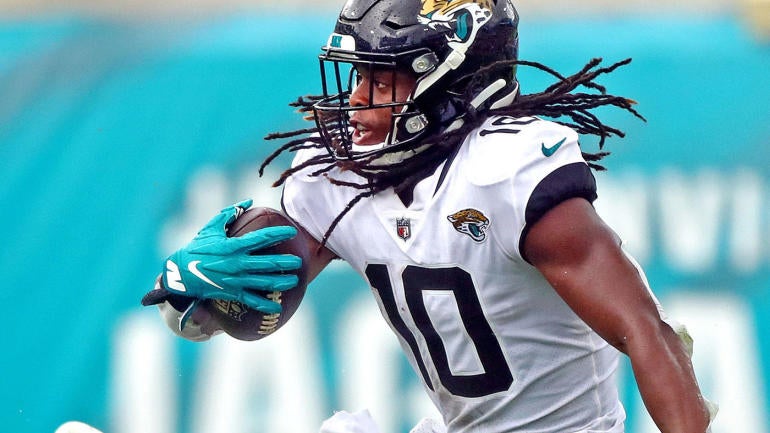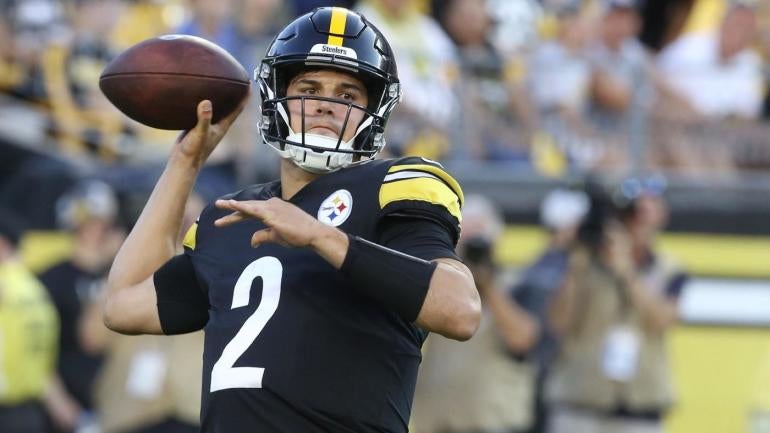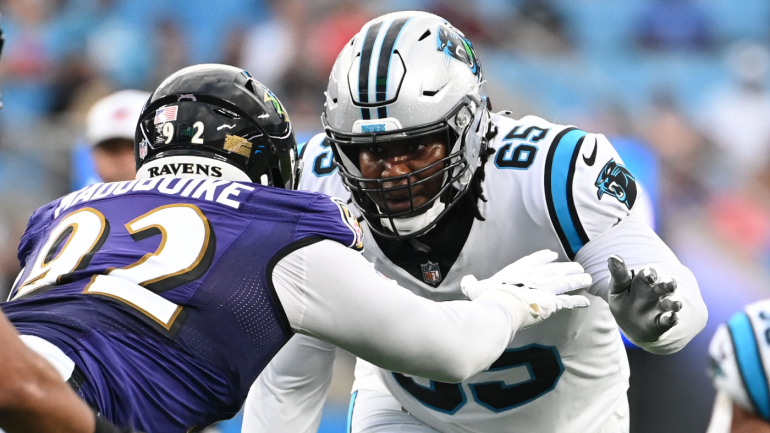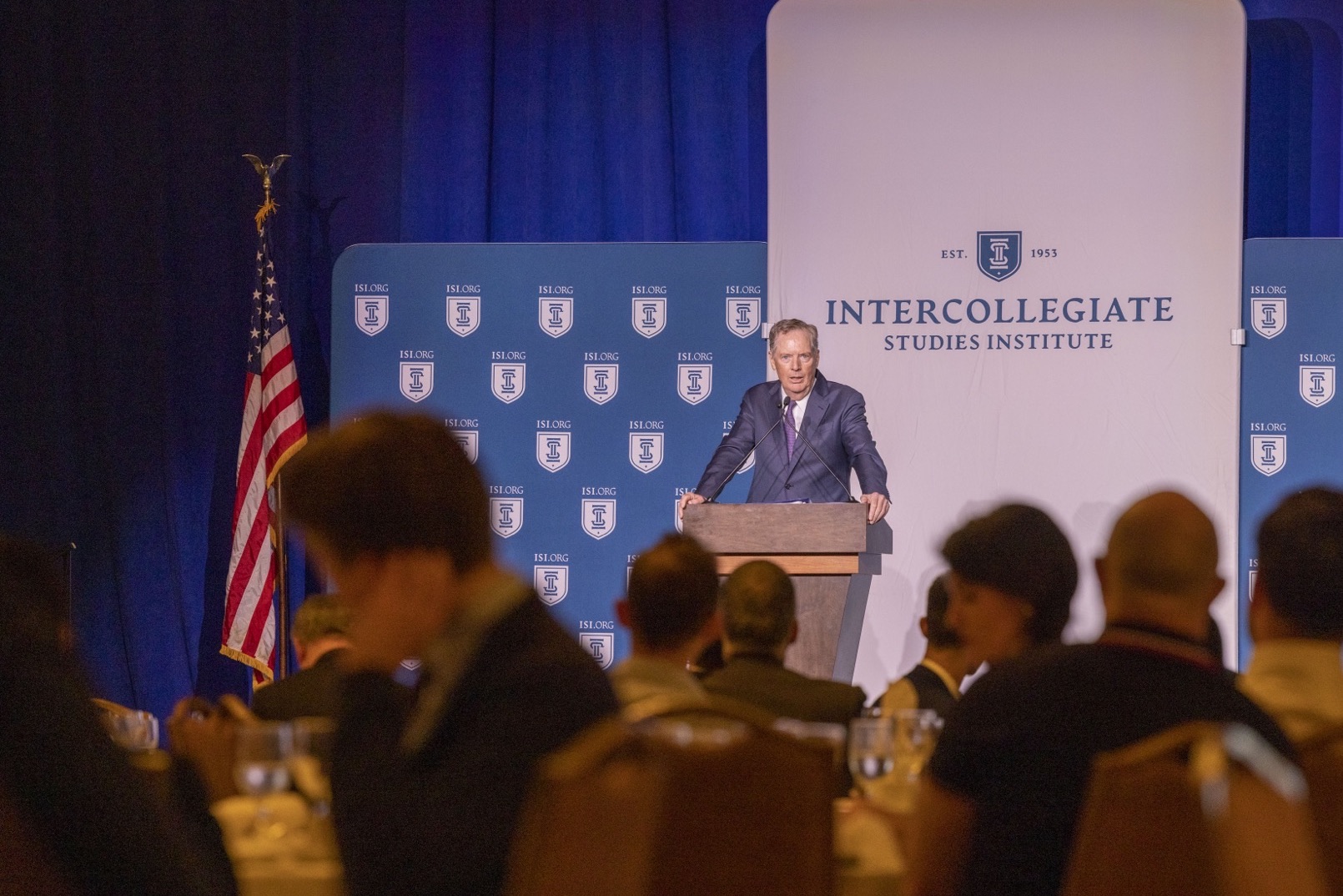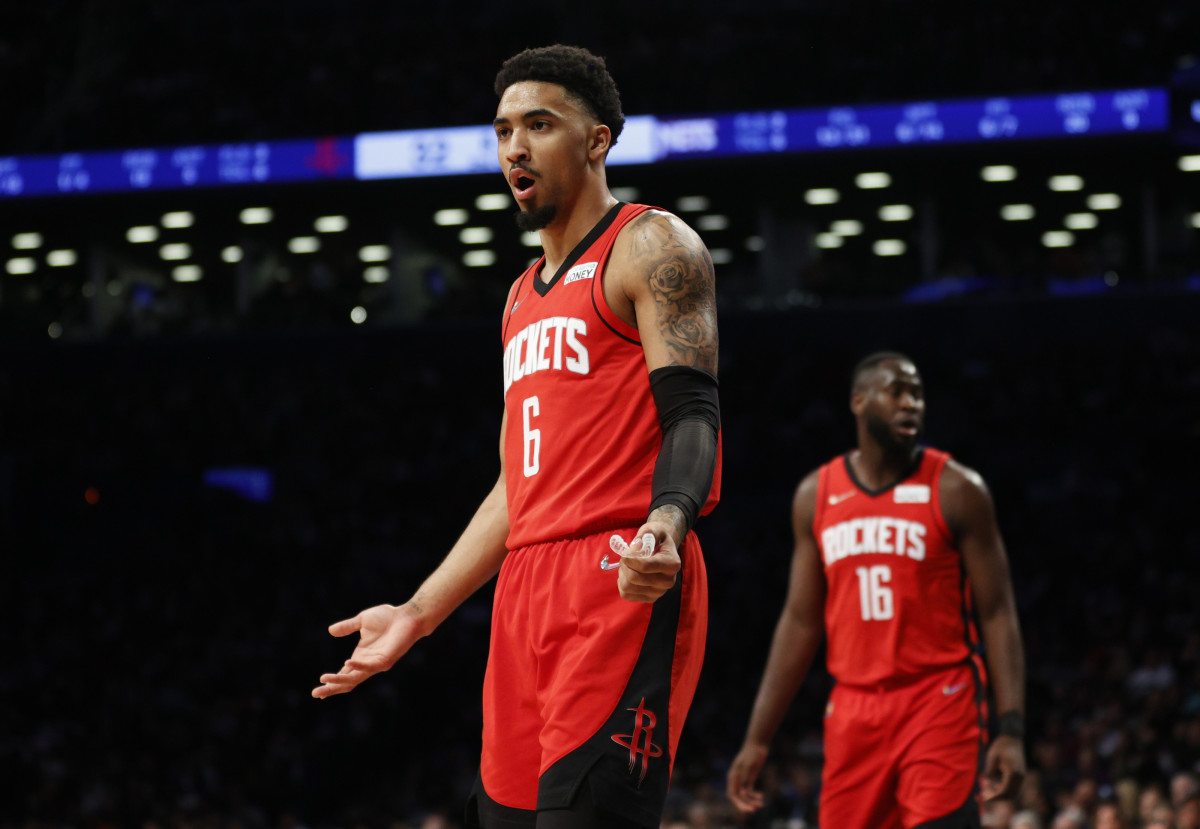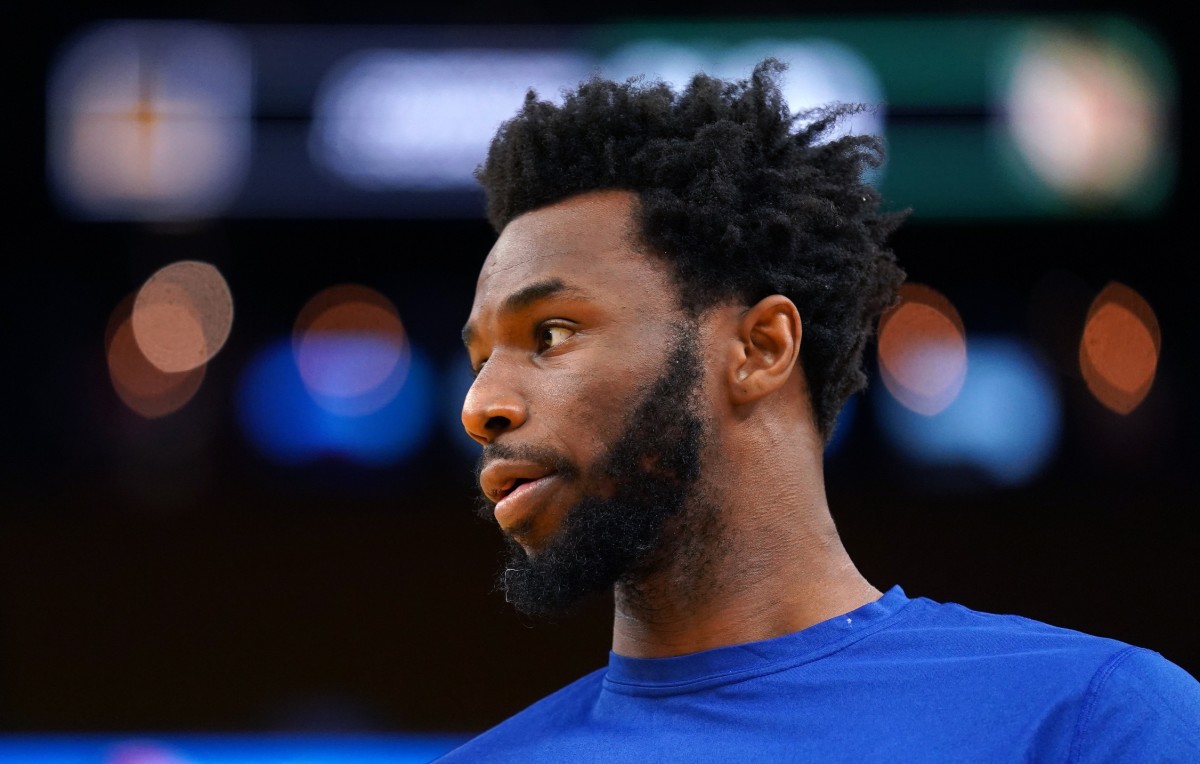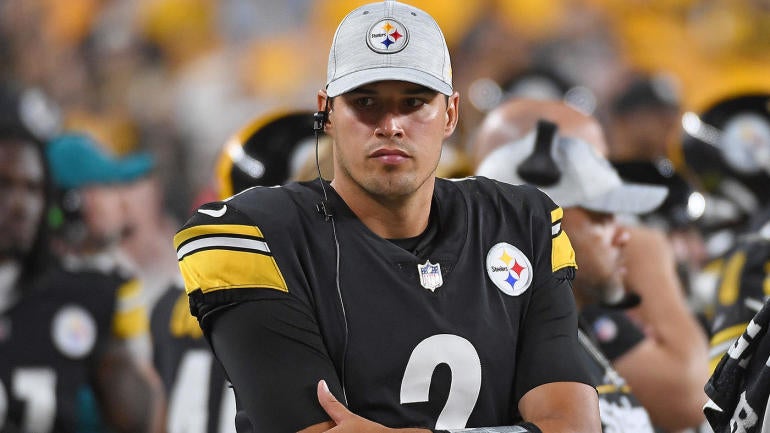gamagana.blogspot.com
The following is adapted from remarks that former Ambassador Robert E. Lighthizer delivered at the Intercollegiate Studies Institute’s “American Economic Forum” at the Omni Shoreham Hotel in Washington, D.C., on July 29, 2022. Lighthizer served as the 18th United States Trade Representative (USTR) in the Donald Trump administration.
It is a great pleasure to be here. The loss of our institutions to extreme liberalism is one of the great crises of our day. The work of the Intercollegiate Student Institute to counter this decline is noteworthy and admirable. For almost 70 years the ISI has been on the front lines in defense of freedom and American values and I am honored to be here to speak to you today. I am proud to be a part of this battle and to work with you to retake our country.
I am of the age that grew up with William F. Buckley. I read his works, I watched his TV debates and I quoted his witticisms. He was wise and entertaining—no easy combination. I can remember the debates with Gore Vidal. Has there ever been a more perfect foil for a conservative champion? Those performances between two clever, brilliant men were fun and informative. Like so much in life they were about confirmation bias, and as a young conservative I always came away surer of my principles.
We all have our favorite Bill Buckley quips. Perhaps my single favorite was during his 1965 campaign for mayor of New York City. He was running against a liberal Republican congressman named John Lindsay and a bland liberal Democrat named Abraham Beame. The campaign was quixotic. Buckley never had a chance. He was running to promote conservative ideas and also, I suppose, to promote William F. Buckley. When asked the difference between his two opponents, Buckley noted that Lindsay was quite tall and that Beame was very short. He said the differences were “more biological than ideological." But the real quip of the campaign came when Buckley was asked what he would do if he won. He said famously he’d “demand a recount." That became one of the lines that defined the campaign and Bill Buckley for that matter.
Buckley received about 13 percent of the vote, a significant number that tipped the victory to the Republican Lindsay. Buckley’s strongest support was among white voters without a college degree who were traditional, unionized blue-collar workers. These were people who were tired of the liberal snobbery and the negative effects of liberal governance. This may have been the first sign of the Reagan Democrats that ushered in his revolution and that eventually elected Donald Trump.
Everyone in this room knows that this great battle that we are all engaged in may have begun with God and Man at Yale. I’m sure that all of us from time to time wonder what Buckley would think about the current state of Yale or higher education across the country. As bad as secularism, censorship, and liberalism were in his time, that looks now like the golden age of academic freedom. I can remember my time at Georgetown in the late 60s. We thought that all of our institutions were under siege, and I guess they were, but that seems placid compared to today. Part of the reason may be that those radicals that I debated in those days are often your professors today. But then looking out at this crowd I see hope for the future. Thank you for picking up this so important battle for conservative values.
But I didn’t come here to talk to you about that. I am a trade guy and I came to talk to you about trade and international economics, about failed policies and a patriotic economic revival. For while the forces of the left were consolidating the supremacy of extreme liberalism in American universities, the economics departments of those same schools were just as universally committed to promoting the doctrine of free trade. As with so much in academia, there was little real debate. All the clever people agreed that free trade was the only sensible course. Except they were wrong and millions of working American men and women paid the price.
I want to challenge the way many of you think about trade. I believe that we as conservatives should not be slavish champions of the free-trade theology and that this creed has for decades failed our nation. We need to change the focus of our policy away from price optimization, consumption, corporate profits and globalism and move it towards workers, their families, our communities, production, and values.
We need to make every policy choice in this area determining first what effect it will have on our people as producers and member of families and communities. We need a worker-focused trade policy, not a corporate/price-centered one, and we need to take every step necessary to eliminate the trade deficits that are bleeding our country to death and achieve balanced trade. That is precisely what President Trump and I did for four years, and the results were astonishing.
Donald Trump ran for president in 2016 for several reasons, but perhaps most importantly because he felt unbalanced, unfair international trade deals were hurting our workers and destroying their communities and the American way of life. One could almost see his movement as a natural reaction to the failed policies of the previous 25 years.
The 1990s brought us the dial-up internet, searching the web, sitcoms like Friends and Seinfeld and one William Jefferson Clinton. Emboldened by the exuberance that flowed from America winning the Cold War, Clinton and his team thought they were infallible and all-knowing. The tide of history had turned. Among the conceits they embraced was uber free trade.
They doubled down on this failed policy. They pushed the controversial North American Free Trade Agreement through the House and Senate. They helped create the World Trade Organization and, in his final months in office, he made the ultimate concession to China. Clinton persuaded Congress to grant them permanent most-favored-nation tariffs and allowed them into the WTO. This was the trifecta of bad policy, three historic mistakes, and our workers, their families, and communities all suffered.
In the years that followed we lost millions of good jobs and saw tens of thousands of factories close. We witnessed the stagnation of wages. We saw economic division in our country grow at an alarming rate. The rich got richer and many fell out of the middle class. We ran up trillions of dollars in trade deficits—essentially shipping our wealth overseas and making our children poorer. Incredibly, much of this wealth transfer went to the People Republic of China, at best a strategic adversary.
This economic upheaval contributed greatly to the breakdown of society. It destroyed many of our communities, crushed our families and contributed to opioid addiction and the explosion of so called “deaths of despair”. Now I am not saying that extremist free trade was the only cause of these crises, but I am saying it was a major factor.
We all remember the wisdom of Adam Smith and David Ricardo. If the English exchange their cloth for Portuguese wine, both are better off. That is the famous comparative advantage. I’m sure they were correct for their time, but in those days capital seldom crossed national borders, no mercantilist nation of the size and scope of China existed, and it was viewed as impossible for a country to run decades of huge continuous trade deficits.
To be clear, I am not against trade. In fact, I think trade is good and more trade is better, but it has to be fair, beneficial to our workers and above all else, it has to be balanced. In the 25 years before Donald Trump, we let trade get wildly unfair and dangerously out of balance. We forgot that the purpose of economic policy is people. Not things.
I chose as that title for this talk “The New American System: Trade for Workers in the 21st Century.” Donald Trump ran for president to change decades of disastrous trade policy. He felt deeply for those who had been left behind by free trade. And he won in large part because those people supported him. For four years he did not let them down. We challenged the orthodoxy of free trade and used tariffs, threats, negotiation, and industrial policy to help our workers. But we were not the first to do this. In fact, the essence of our policy has a long proud tradition in our country.
In March of 1824 Henry Clay, then a congressman from Kentucky, made a speech which famously referred to “the American System." Clay, whose distinguished career made him part of the Great Triumvirate along with Webster and Calhoun, argued for a system of tariffs, a national bank, and subsidies for infrastructure to develop a young nation’s economy and manufacturing base. His ideas were rooted in the writings of Alexander Hamilton, who used the term in number 11 of The Federalist Papers.
Andrew Jackson and a rural Democratic Party managed to thwart much of Clay’s agenda during his lifetime but by the time of Abraham Lincoln, who greatly admired Clay, and for 60 years afterwards, the American System transformed our country. This combination of tariffs and infrastructure subsides was crucial to our becoming the largest economy in the world by 1890. It helped create the great middle class of workers and farmers and lead to the establishment of thriving communities across our country.
Indeed, tariffs remained relatively high until well after the Second World War and much of our historic economic development rested on government subsidies. Public-works projects and subsidies that transformed our country include the Erie Canal, our system of railroads which were economic only because the government granted companies large tracts of federal land, the Eisenhower interstate highway system, the Kennedy space program, Reagan’s military buildup, and the list goes on. All facilitated commerce and contributed essential technology to our economy.
President Trump and I were the inheritors of this tradition. The American System was in some ways an ancestor of America First and we need it now more than ever. We should use tariffs, strategically, to stop unfair trade in our market and to insure the elimination of trade deficits. We need more spending on traditional infrastructure but also on the great competition in high technology. China and Europe are spending hundreds of billions of dollars to compete in such fields as artificial intelligence, robotics and advanced materials. We must do the same. Further we must invest government money in semiconductor fabrication. We can’t continue to be two generations behind in cutting-edge logic chips and to rely on imports for 87 percent of our needs.
Many of you may be thinking, "You are conservatives, and conservatives are for free trade." Actually, there is nothing conservative about free trade. What exactly are these people conserving? Free trade is a philosophy of consumption and the elevation of consumption is the essence of materialism. Materialism fosters the neglection of values. It is the exact opposite of conservatism. Near the center of conservative thought is preserving what is best in our institutions and traditions. It is about the very values materialists would have us ignore.
Free traders seek price optimization. They view us as only consumers and want to maximize consumption, and that means lots of imports. I believe that Americans are first producers, not consumers, and that no country became great by consuming. They all became great by producing.
Many economist believe that we should have a free-trade policy that produces the lowest priced goods and then we should enact programs like welfare or unemployment payments to deal with the negative effects this has on our citizens and our country. We believe this is exactly upside down. Our primary objective should be policies that will build strong American families and communities and create productive high-paying jobs. That should be our goal, not cheap stuff. In a policy choice between corporate profits and American jobs, we should always protect our workers.
We should never forget that there is an intrinsic value in work and the pride that comes from supporting your family. This pride builds communities and it should not be sacrificed for TV sets or tee shirts. This is the essence of conservatism. And making America great is the core of patriotism. We are conserving values, the American family, and strong communities. That’s what Ronald Reagan wanted. That’s what Donald Trump fought for.
Indeed Alexander Hamilton, arguably the father of American conservatism, was no free trader. His whole life he supported tariffs and industrial policy to promote American manufacturing. In fact, throughout our early history, conservatives and Republicans were not free traders. There were 12 Republican presidents before Eisenhower and every one promoted using tariffs to build American industry. They all supported the American System explicitly or implicitly.
Teddy Roosevelt famously said, “Thank God I am not a free trader. In this country pernicious indulgence in the doctrine of free trade seems inevitably to produce fatty degeneration of the moral fiber.” The Gilded Age was a period of Republican ascendancy, relatively high tariffs and monstruous economic growth.
After World War Two, President Eisenhower was far less concerned with building American industry. Our economy was the only significant one in the world and he correctly wanted to see Europe and Asia rebuilt, the establishment of democratic governments, and the defeat of communism. President Nixon was for market economics, but when there was a growing trade deficit and a run on our gold, he put tariffs on all our imports until our trading partners agreed to raise the dollar-value of gold.
Ronald Reagan spoke of free trade, but he insisted on limits on the number of Japanese cars coming to the U.S. He protected our semiconductor industry. He required limits on steel imports, defended Harley Davidson motorcycles, and more. In fact, one libertarian group said that he was the most protectionist president since Hoover. No Republican president was really a free trader with the possible except of the Bushes, and even 43 put tariffs on steel imports to save our industry.
Finally, let me ask you this. Many of you have taken economics class in college. Probably, all your professors preached free trade. Now ask yourselves: were any of them conservative?
Another myth is that trade makes the world more peaceful and democratic. You’ve all heard it. This view was the common wisdom for the cognoscenti in the 1990s. President Clinton and his free-trade crowd used this myth to sell their China policy. With access to our market, China would become a larger version of Switzerland, they argued, benign and democratic. Thomas Friedman wrote a book selling the proposition that countries that trade don’t make war. Even he doesn’t believe it anymore.
The principal problem with this proposition is that it has no support in history. World trade was an astonishing 21 percent of global GDP in 1913 and that sure didn’t stop the Great War from beginning. The U.S. and Japan had substantial trade before Pearl Harbor. The North and the South had enormous trade before the American Civil War. And, of course, Ukraine and Russia had much trade and economic connections, and Putin still attacked.
Let’s consider another myth. We were taught that trade deficits don’t matter. We have heard this from economists and newspaper editorial boards forever. It is true that if you run a deficit one year and a surplus the next that they may net out. Likewise, running a surplus with one country and a deficit with another likely won’t matter. But that is not what has happened to America. We have been running deficits of hundreds of billions of dollars year in and year out for decades. These trillions of dollars come back in the form of foreigners owning American assets, permanently.
There is a statistic called the net international investment position. How much Americans own abroad—equity, debt, real estate, versus how much foreigners own of America. The United States’s net international investment is an astonishing negative $16 trillion. Foreigners own $16 trillion more here than we own around the world. And there is a negative compounding. Foreigners including China own these assets and the future income from these assets. We literally are trading the wealth of our country, the ownership of our equity, debt and property, for Christmas lights and toys, for tennis shoes and garden tools. We are bleeding to death from self-inflicted wounds. So, do massive, consecutive trade deficits matter? Only if you care who owns and controls your country.
There is another related myth. We are told that America is postindustrial. We don’t need manufacturing. We will have a services economy. This too is balderdash. We have the biggest economy in the world. We need to make and grow things. It is true that manufacturing jobs are only about 11 percent of our employment, but these jobs in turn spin off millions of other jobs in the services sector—think accounting, advertising, transportation.
Further, disproportionately innovation and productivity gains and exports are in manufacturing, not services. Sixty-five percent of research and development is in manufacturing. Ninety-two percent of exports are from this sector and 42 percent of productivity growth is in manufacturing, compared to just 24 percent for the services sector.
And generally, manufacturing jobs pay better. The median manufacturing job pays $22.50 an hour. The equivalent number for retail is $14.30. For hospitality, $13.70. For administrative services, $17.50. Also, manufacturing workers on average receive better benefits and stay in their jobs longer. 60 percent of American workers have only a high-school education. Their best chance to get into the middle class is through manufacturing. If we want strong communities and an innovative economy, we need manufacturing jobs and the related ones this sector creates. If you doubt me, just ask Japan, Germany, France, Korea, and yes, China.
President Trump was committed to changing the conventional trade policy and he succeeded wildly. We protected U.S. jobs and pressured businesses to bring their plants back to America. We rewrote NAFTA to create incentives to build cars and other products here. For the first time in any trade agreement, we included a sunset clause—the deal would automatically end if it was not extended. This allowed for future renegotiations if it again got out of balance. We incorporated enforceable labor and environmental rules to assure fair competition. We made deals with Korea, Japan, and many others to rebalance trade and to gain export access. To combat Chinese and other unfair trade we massively raised tariffs and used laws not enforced for decades to help our workers and farmers.
This America-first trade policy, combined with tax cuts and regulatory reform, was a fabulous success. Millions of jobs were created. Factories came back. Hundreds of thousands of manufacturing jobs returned. Remember President Obama saying those jobs weren’t coming back? You’d need a “magic wand” to get them to do that? Well, in Trump’s first 26 months, manufacturing-jobs growth was four times Obama’s last 26 months. Turns out sensible trade and economic policy was a magic wand. Our global trade deficit in goods improved year over year in four of the five quarters before Covid hit. And most importantly, median family income rose 6.8 percent, the highest in decades. More Americans were working in higher-paying jobs. Families and communities were recovering.
Trump’s second great contribution to trade, economic policy, and really foreign policy was to raise the alarm on China. It is difficult to think back six years and recall the common perception about China. Most considered it to be a benign partner in economic development, a collaborator in technology innovation, and a hoped-for market for American products—in short, a friendly force. That perception was dangerously wrong and Trump changed all that.
To start, he asked the one fundamental question: is China a friend or is it a foe? Every policy choice flows from the answer. Now six years later, anyone who doesn’t understand that China is an existential threat to America and to our values and way of life is either a fool or a knave, either ignorant or groomed and bought. Clearly, they are an adversary.
Let me review. China has the biggest army in the world and it is expanding at an alarming rate. It has the biggest navy in the world and it is building far more ships than we are. It is militarizing the South China Sea at a rate not seen since the Second World War. It is aggressively asserting claims to land on its borders and building an enormous naval base on the disputed Spratly Islands. It is positioning itself to threaten international shipping lanes. It is building scores of new nuclear silos. It is engaged in a trillion-dollar belt-and-road initiative designed to expand its influence through the world, and to give it access to intelligence and military basis in Africa and ultimately South America. Its diplomatic corps, its so-called “wolf warriors,” are virulently anti-American. It is responsible for most of the fentanyl coming into our country and killing our communities. It engages in relentless spying on our country. The FBI opens a Chinese-espionage case every 12 hours. It is enslaving millions of Uighurs. And it is spending vast amounts of money to influence our universities, business leaders, and politicians.
On the economic side, China has engaged in aggression against the United States for years. It has a mercantilist policy designed to build its economy at the expense of others, including ours, using a largely closed market and massive subsides. It has stolen our technology, manipulated its currency, infiltrated our infrastructure, hacked our business and personal databases, engaged in cyber-attacks on our private and governmental systems, undertaken espionage against our businesses and our government. China accounts for 80 percent of all counterfeits coming into America, and their I.P. theft alone had been estimates to cost us $300 billion annually. In short, it has conducted economic warfare on us and the West and has done it for decades.
As a result of this and our own foolish trade policy of the past, we have lost millions of jobs and much of our technology leadership, and have transferred trillions of dollars to them. These huge annual trade deficits have built their military and developed their industry and technology. Their economy has grown from about $1.2 trillion in 2000 when ours was $10 trillion, to about $16 trillion now when ours is about $22 trillion. In this period, our cumulative trade deficits in goods with them has amounted to more than $6 trillion. The United States has not faced a foe with economic power this close to our own size in 130 years, and there are predictions that their economy will surpass ours very soon. In no sane world does a country transfer this much treasure to an adversary.
The Trump administration faced this challenge head-on. The core of our policy was an obscure trade statute called Section 301. In short, it allowed the president through the USTR to levy tariffs on the products of a foreign country that engaged in practices that are “unjustified, unreasonable or discriminatory” and harm the U.S. economy. We conducted the necessary investigation for eight months, issued an extensive report and began to raise tariffs in the summer of 2018. After a year of escalation and negotiations we reached a so-called Phase One agreement that, importantly, kept the tariffs in place, provided for some systemic changes on their part, and guaranteed large new purchases of our products. Covid, of course, intervened and affected the purchases, but the agreement was largely successful because it kept the tariffs.
There were three purposes for the tariffs. First, they offset some of the unfair economic advantage that Chinese products had in our market when competing with our producers. Second, they helped reduce the trade deficit, and importantly, they began the process of strategic decoupling of our economies.
While I am not yet in favor of a total decoupling, I do believe that we need to strategically disentangle. Our trade and economic integration must be balanced and on terms that help America and our workers. We should not link our technology sectors, for example, and we clearly should have no trade or industrial cooperation in the security or joint-use-technology sectors. We need to limit Chinese investment in the U.S. economy and to regulate outward investment to China. We should put tariffs on all products imported from there until we achieve balanced trade, and we must insist that they buy our products if they want access to our market.
Subscribe Today
Get weekly emails in your inbox
Now Chinese officials will say that we are trying to hold then back, to stunt their development, but this is not true. What China does economically in its own country is its business, but how those policies affect us is our business. Importantly, they are the aggressor and we are the aggrieved party.
We are engaged in a great competition with China for the future of the world that will determine whether free democracies or totalitarian communism is the system of the future. We are also engaged in a competition within our own country between those who would sell out our future for short-term gain. Those who believe consumption is more important than production, that imports are more important than jobs, and that stuff is more important than people.
As conservatives, we must work to preserve the values that made America great. Families, communities and the dignity of work are among those values. We need a new American System, one that will help rebuild our country, protect our workers and their communities, and preserve our values. I welcome you to this fight. You are the generation that has the most at stake and which has the greatest chance of seeing success. Thank you.
Adblock test (Why?)
"trade" - Google News
August 29, 2022 at 11:05AM
https://ift.tt/FjTHexh
The New American System: Trade for Workers in the 21st Century - The American Conservative
"trade" - Google News
https://ift.tt/kf1sRtW
